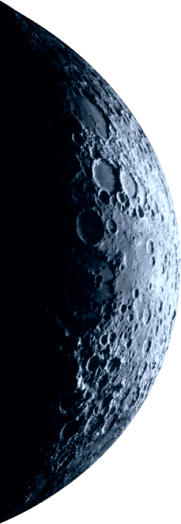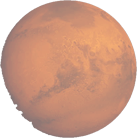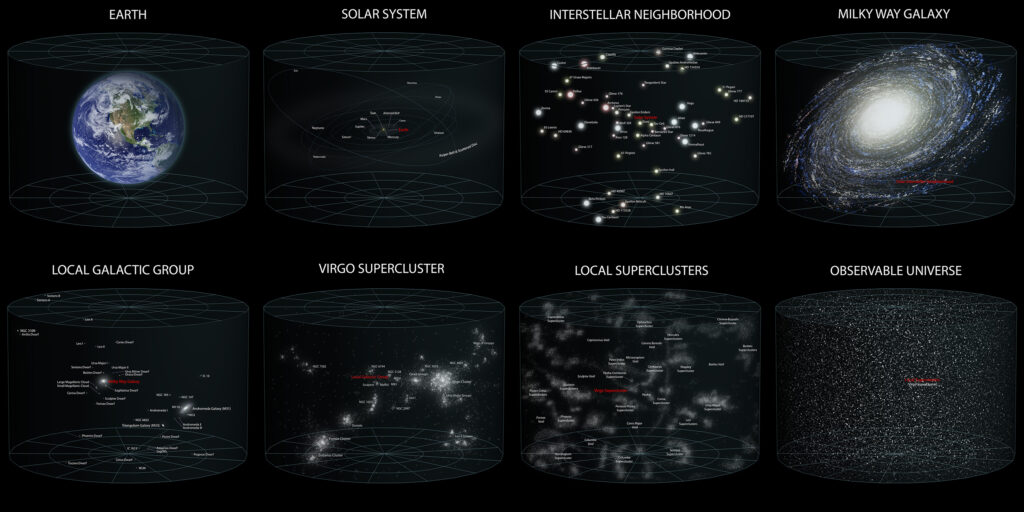


The Boundaries of Space
Have you ever wondered what the boundaries are in space?
From early schooling, we learned basic astronomy and where we fit in nicely. There is the great and vast universe, the Milky Way Galaxy, Solar System, and our beloved planet Earth. Yet, for the professionals of stars and galaxies, it’s a bit more complicated than that. The universe, again, is recognized as Perseus-Pegasus Filament, Pisces-Cetus Supercluster Complex, Laniakea, Virgo Supercluster, Milky Way, Orion Arm, Solar System, and finally Planet Earth. I think our educators can be forgiven for teaching us the simplified version in school!
There is an immense world out there with generations of people, close to 8 billion, with a vast multitude of diversity. Exactly what distances can all those people possibly reach and, more importantly, how long would it take to get there?
We must start with perhaps the most important aspect of space and travel: gravity. Everything in our universe obeys the laws of gravity. Every object has a mass, which then translates to gravitational force. Smaller mass objects are attracted to larger mass objects. Humans and all things on Earth are attracted and pulled towards the Earth’s gravitational field’s center. The Moon is pulled towards Earth; Earth is then pulled toward the Sun, etc. Due to gravitational Forces, in order to escape an object’s gravitational attraction, the lower mass object must move fast enough to achieve that goal. This is known as escaped velocity. Scientists and physicists calculate the following escape speeds for the tellurian world.
-
V1 – 7.91 km/sec (5 miles/sec) – speed needed in order to become an artificial satellite on Earth’s orbit.
-
V2 – 11.2 km/sec (7 miles/sec) – speed needed to escape Earth’s gravity and become an artificial satellite of the Sun
-
V3 – 16.7 km/sec (10 miles/sec) – speed needed to escape the Solar System
-
V4 – 550 km/sec (342 miles/sec) – speed needed to escape the Milky Way Galaxy
Let’s start with borders we call closer to home.
Objects that are pulled toward other objects by the gravitational forces follow a pattern or Trajectory. Those trajectories are called Orbits, from the Latin orbis, meaning circle or ring. NASA classified orbits into three general categories:
-
Low Earth Orbit (LEO) – with distances of 180 – 2,000 km (112 – 1,243 miles) above the Earth’s surface. This is the most popular and most achievable orbit for humankind. The International Space Station (ISS) and most satellites operate within this orbit. There is still density in the atmosphere so, to stay in the proper trajectory, these artificial objects must use special engines to keep them on the correct path. There are many services that launch and deliver payloads (satellites or cargo) to LEO, as well as private space companies that take tourists to LEO. The trip to the ISS takes anywhere from two hours to as long as two days. One should expect to stay for at least a little while; the minimum required stay is two weeks.
-
Mid Earth Orbit (MEO) – 2000 – 35,780 km (1,243 – 22,233 miles) above Earth’s surface. This is the most used orbit for communication and navigation satellites. Typically, there is no reason for humans to venture so high, but this orbit is popular enough for special payloads. For example, if you need your own space communication node, MEO is your best bet.
-
Geosynchronos Orbit (GEO) – anything above 35,780 km (22,233 miles) above Earth. This altitude allows artificial objects to match Earth’s rotation; these objects appear as if they are not moving in the sky. Weather satellites are the most common objects in this orbit. Some communication satellites are taken to GEO, but the much larger reserves of fuel, due to the costs which are associated with GEO, make it a less popular choice. The major advantage of satellites taken to GEO is that you don’t need position correction mechanisms, thus making GEO satellites much better suited for a long-term stable and durable solution.
If you want to go even higher, The Earth’s natural satellite, the Moon, is your next option.
It’s orbit is 384,000 km (238,606 miles) from our planet. There are only 12 people who have visited the Moon in our entire history. Moon was explored by manned space flights by US astronauts as well as robotic missions from USSR/Russia, Japan, EU, China, India, and Israel. The journey takes about 3-5 days and currently there are several companies which offer payload delivery to Moon’s orbit or surface. Manned missions to the Moon are in the works for astronauts or tourists to go back to the Moon. There are opportunities for investors who wish to speed up the process and make the trip sooner rather than later.
The next place to visit is our neighbor Mars, leading the way with on-the-edge explorers.
Mars, the red planet, is 55,760,000 km (34,647,657 miles) to 401,000,000 km (249,169,848 miles) away, depending on the time of year. Robotic mission can cover the trip on average in about 6 months. We have no human experience with manned flights to Mars, but there are current efforts under way, with intense and rapid progress, targeted to solving unique and challenging problems. The consensus boils down to a trip to Mars still remaining a one-way ticket. But, if you’ve had a taste of it all here on Earth, then Mars is the next logical choice!
You can send a scientific space lab to any planet within our solar system.
Jupiter will take 2-5 years of travel to get there, Saturn somewhere between 3-6 years, Uranus about 8 years, with Neptune and Pluto taking an entire dozen of years to reach. Of course, depending on the type of cargo, payload, engine, route, and fuel, these are very rough approximations. Interplanetary missions are very complex and time consuming and, at this time, only undertaken by large government agencies like NASA, which is continuing its research of our solar system. Due to the current limitations of our technology, human space flights are impossible with any destination farther than Mars. Yet remember, at one point in our history, landing a man on the Moon was thought to be impossible too.
The longest and farthest artificial robotic object mission is the Voyager space probe, reaching speeds of 17.1 km/sec (10.6 miles/sec). On August 18, 2021, it has traveled 23 billion kilometers and already passed our solar system. This mission launched in 1977 continues to be the longest space research program in history.

While the Voyager is the longest space research program, the fastest man-made object’s honor goes to the Parker Solar Probe, launched in 2018. At its peak, it will reach speeds of 690,000 km/h (430,000 mph); its goal is to study and observe the outer corona (crown) of the sun.
Each day we continue to push the limits of what’s possible. You never know what tomorrow will bring. Want to find out what it takes to find your limits? Reach out and we’d love to help!
Sergei Panov
Founder “Space Agency”







